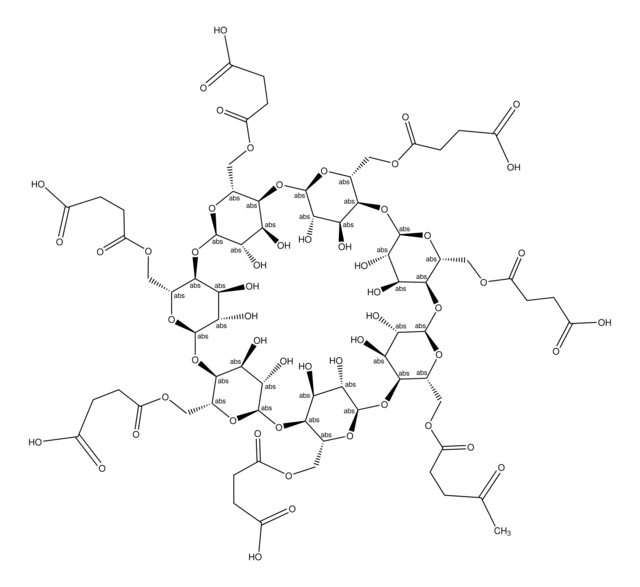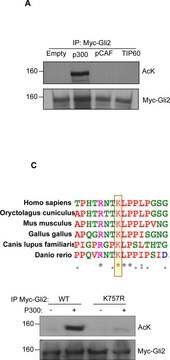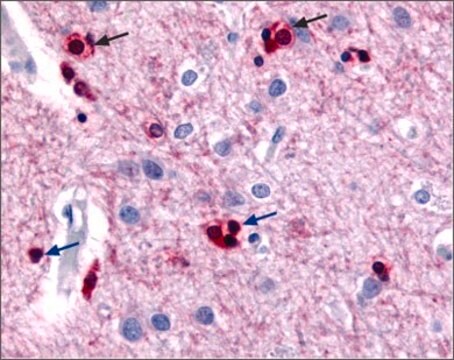05-667
Anti-phospho-CREB (Ser133) Antibody, clone 10E9
clone 10E9, Upstate®, from mouse
Sinônimo(s):
active transcription factor CREB, cAMP responsive element binding protein 1, cAMP-response element-binding protein-1, transactivator protein
About This Item
Produtos recomendados
fonte biológica
mouse
Nível de qualidade
forma do anticorpo
purified antibody
tipo de produto de anticorpo
primary antibodies
clone
10E9, monoclonal
reatividade de espécies
canine, rat, mouse, human
fabricante/nome comercial
Upstate®
técnica(s)
ELISA: suitable
immunohistochemistry: suitable
western blot: suitable
Isotipo
IgG1κ
nº de adesão NCBI
nº de adesão UniProt
Condições de expedição
dry ice
modificação pós-traducional do alvo
phosphorylation (pSer133)
Informações sobre genes
human ... CREB1(1385)
Descrição geral
Especificidade
Imunogênio
Aplicação
Epigenetics & Nuclear Function
Transcription Factors
Qualidade
Western Blot Analysis: 0.5-2 μg/mL of this antibody detected phosphorylated CREB in whole cell lysates from HepG2 and PC12 cells treated with forskolin.
Descrição-alvo
forma física
Armazenamento e estabilidade
Rehydrated: Stable for 3 months at 2-8ºC.
Aliquot solution to store frozen and avoid repeated freeze thaw cycles.
Nota de análise
Forskolin-treated PC12 cell lysate
Informações legais
Exoneração de responsabilidade
Não está encontrando o produto certo?
Experimente o nosso Ferramenta de seleção de produtos.
recomendado
Palavra indicadora
Danger
Frases de perigo
Declarações de precaução
Classificações de perigo
Acute Tox. 3 Dermal - Acute Tox. 4 Inhalation - Acute Tox. 4 Oral - Aquatic Chronic 3
Código de classe de armazenamento
6.1C - Combustible acute toxic Cat.3 / toxic compounds or compounds which causing chronic effects
Classe de risco de água (WGK)
WGK 1
Certificados de análise (COA)
Busque Certificados de análise (COA) digitando o Número do Lote do produto. Os números de lote e remessa podem ser encontrados no rótulo de um produto após a palavra “Lot” ou “Batch”.
Já possui este produto?
Encontre a documentação dos produtos que você adquiriu recentemente na biblioteca de documentos.
Nossa equipe de cientistas tem experiência em todas as áreas de pesquisa, incluindo Life Sciences, ciência de materiais, síntese química, cromatografia, química analítica e muitas outras.
Entre em contato com a assistência técnica








